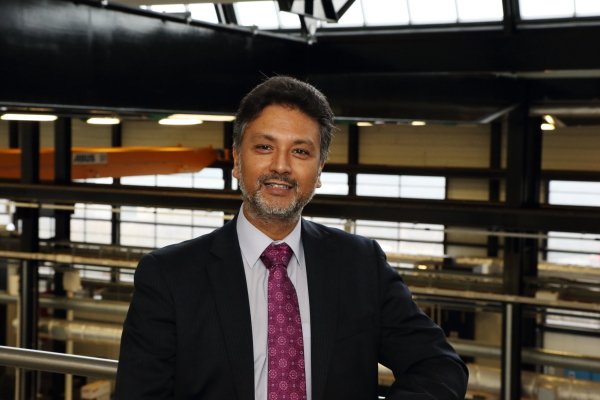UK developers are aiming to build the first commercial fusion power plant within the next 10 to 20 years. Professor Steve Jones, Chief Technology Officer at the Nuclear AMRC, explores the material challenges in a feature originally published in Nuclear Engineering International magazine.

If nuclear fusion is to be a major contributor to meeting the UK’s target of net-zero greenhouse gas emissions from 2050, then we need to combine a selection of de-risked advanced technologies with novel manufacturing philosophies to bring commercial fusion to fruition.
We need to develop a key suite of “techonomical” solutions which balance technical and cost benefits, providing the supply chain with a compendium of capabilities, and deploying cost-effective manufacturing methods and suitably matured processing technologies with an acceptable design service and performance functionality.
The magnitude of those manufacturing challenges should not be underestimated. Consider the variety and extent of practices which are now being deployed to deliver the international Iter programme in southern France. Such massively complex programmes need to be broken down into more manageably proportioned modules and work packages to maximise engagement with the supply chain and ensure cost-effective delivery to schedule. Developing a modularisation philosophy to meet the needs of fusion will be high on the manufacturing solutions agenda.
We are currently working with UKAEA on an initial feasibility study of modular construction techniques for fusion, as part of the design development of the Spherical Tokamak for Energy Production (STEP), the UK’s bid to build the world’s first commercial fusion power station. Our team are investigating how the modularisation techniques currently being developed for small and advanced modular reactor designs could be applied to the STEP programme.
- Read the full feature, covering modularisation, material choice, additive manufacturing and more: Nuclear fusion: Overcoming the manufacturing challenges.



